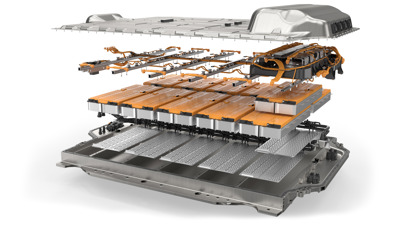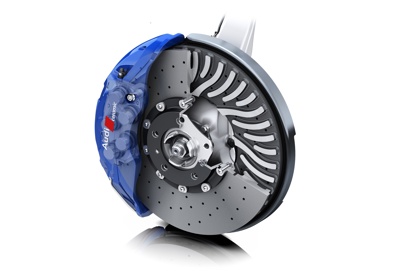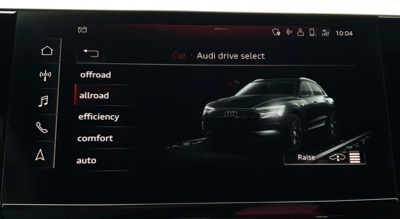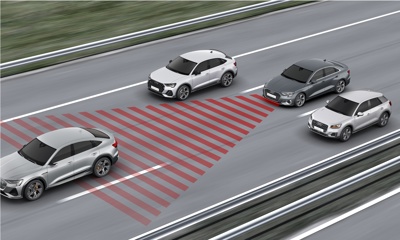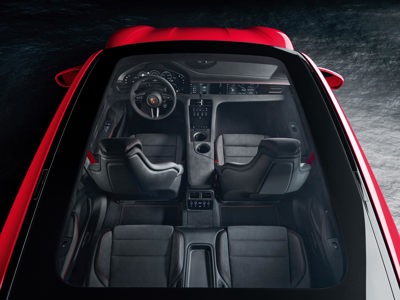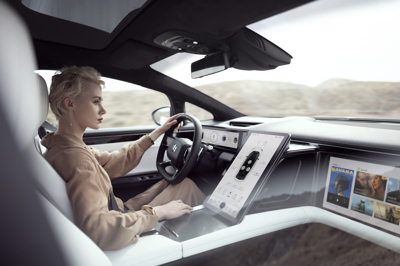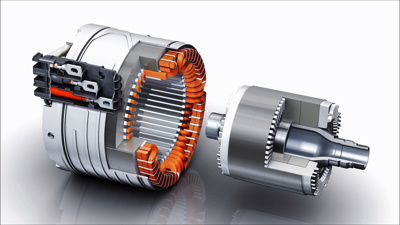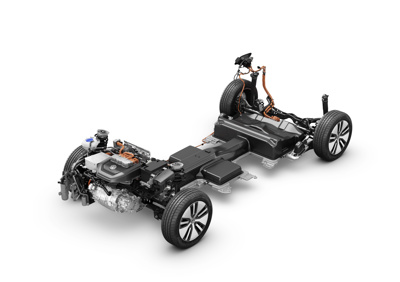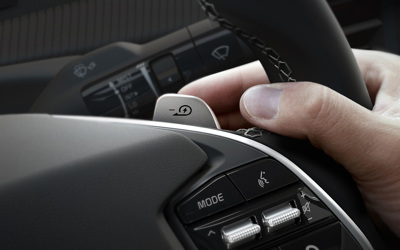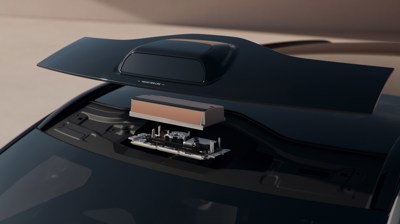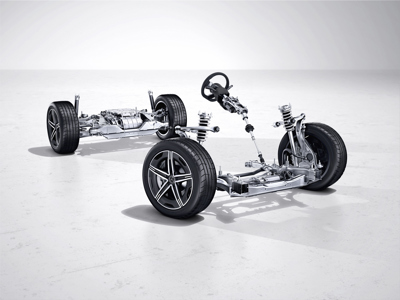Technology
EVs are built using various technologies to function, including electric motors, batteries, advanced driver assistance systems (ADAS), suspension systems, and safety features.
This technology section will delve into the different technologies that power EVs, explaining how they work and their benefits and limitations.
If you go through every subsection, you will have a comprehensive understanding of the technology that drives the future of transportation.
The technology articles target anyone wanting to learn more about EV technology, from the potential EV owner wanting to understand how stuff works to sales personnel wishing to know how EVs work.
Click on the direct link below or scroll down for an introduction to each section.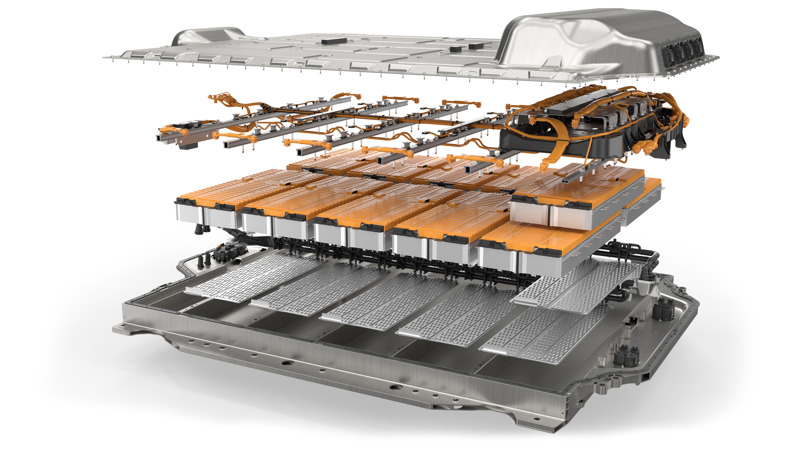
EV Batteries
Electric Vehicle (EV) batteries are the heart of electric vehicles, responsible for storing the energy that powers the vehicle's electric motor. They play a critical role in determining an EV's performance, range, and overall cost.
Read our technology article
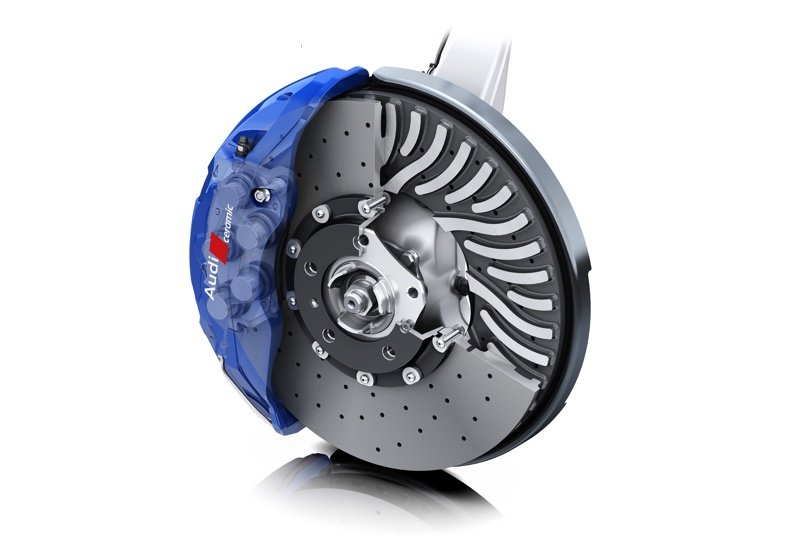
Brakes
The braking system is crucial for the safety of passengers and other road users, as well as the longevity of the vehicle. This article explores the different types of EV brakes, including steel disc brakes, carbide brakes, ceramic brakes, and drum brakes. It also covers details about blended brakes.
Read our technology article

Cargo & Towing Capabilities
Cars are not only meant for transporting people but also for carrying various kinds of cargo, such as groceries, luggage, pets, or sports equipment.
Read our technology article
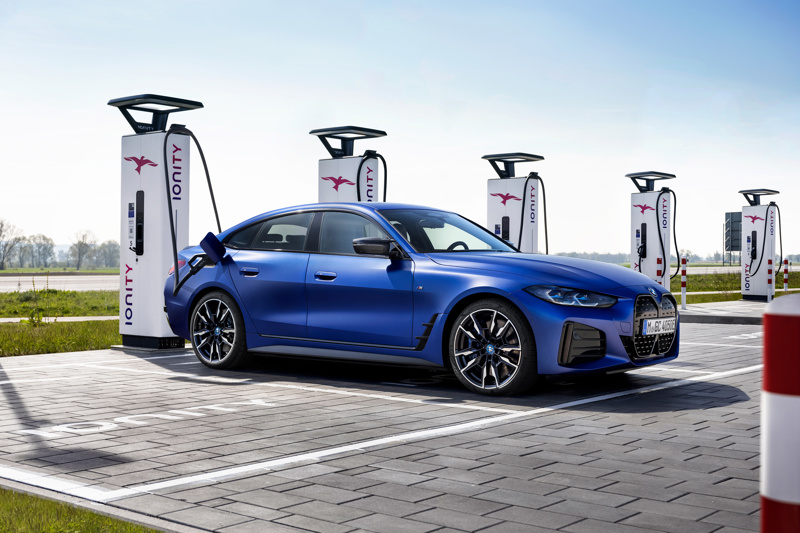
Charging
Electric vehicles (EVs) are becoming more popular and affordable but require a different refueling method than conventional cars. Instead of filling up a gas tank, EVs must plug into a charging station and recharge their batteries.
Read our technology article

Doors
Doors are essential parts of cars that allow passengers and drivers to enter and exit the vehicle, as well as secure the interior from unauthorized access.
Read our technology article
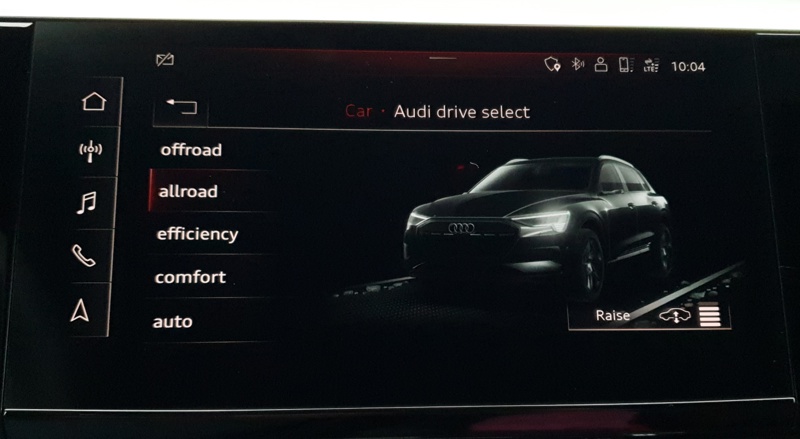
Drive Modes
Drive modes are settings that change the way an EV operates, such as its acceleration, braking, steering, suspension, and regenerative braking.
Read our technology article
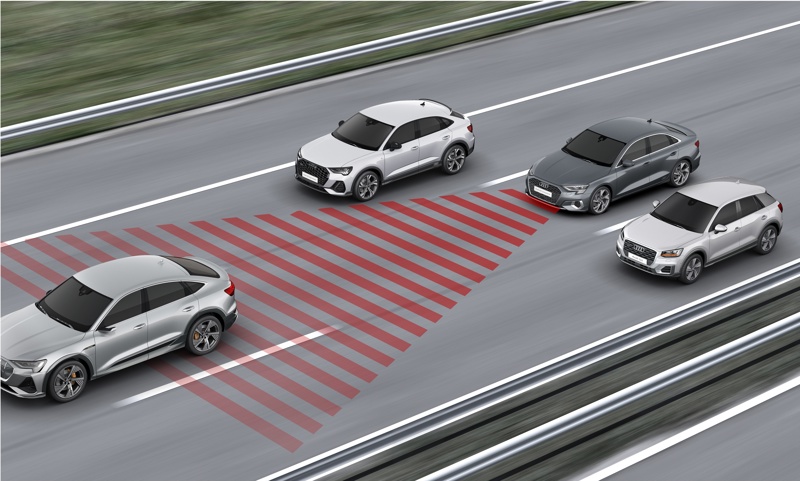
Advanced Driver-Assistance Systems
Advanced driver-assistance system (ADAS) technologies are designed to help drivers operate their vehicles more safely and efficiently. EVKX.net provides detailed information about the different systems in EVs.
Read our technology article
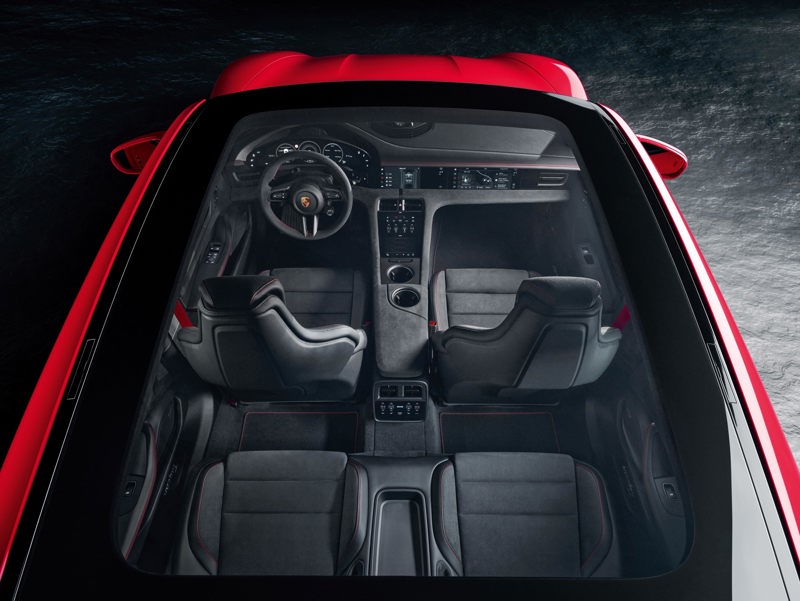
Glass Panel Roof
A glass panel roof is a type of window that covers part or all of the roof of the car. It is made of laminated glass, similar to windshields.
Read our technology article
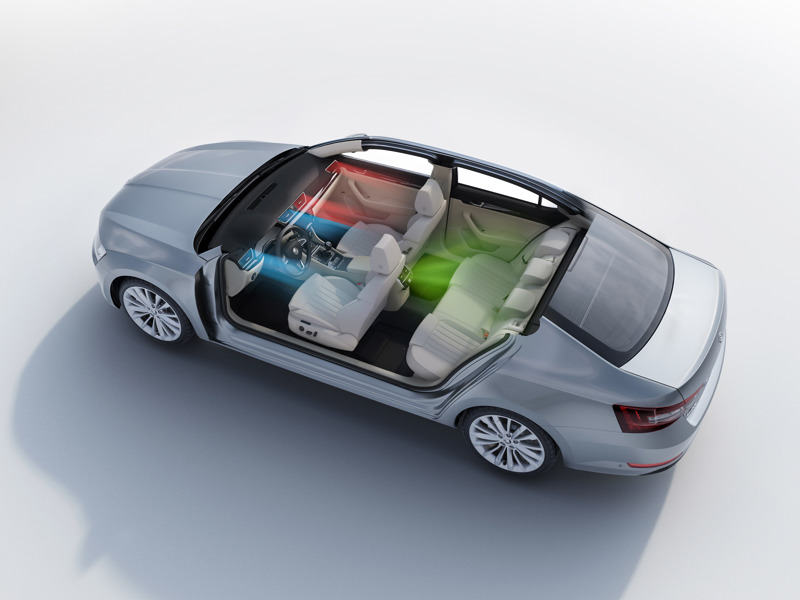
Climate System
Climate systems in cars refer to the HVAC (Heating, Ventilation, and Air Conditioning) systems that regulate temperature, humidity, and air quality inside the vehicle cabin for passenger comfort.
Read our technology article

Infotainment System
Infotainment systems have become a standard feature in most modern cars. They combine entertainment and information functionalities, providing drivers access to music, navigation, communication, and vehicle controls.
Read our technology article

Interior
Electric vehicles (EVs) are not only transforming the way we drive but also the way we design car interiors. EVs offer new possibilities and challenges for car interior designers, who have to balance functionality, comfort, aesthetics, and sustainability.
Read our technology article

Lights
As with any vehicle, lighting is a critical component of EVs, and many manufacturers have equipped their EVs with advanced lighting technology.
Read our technology article
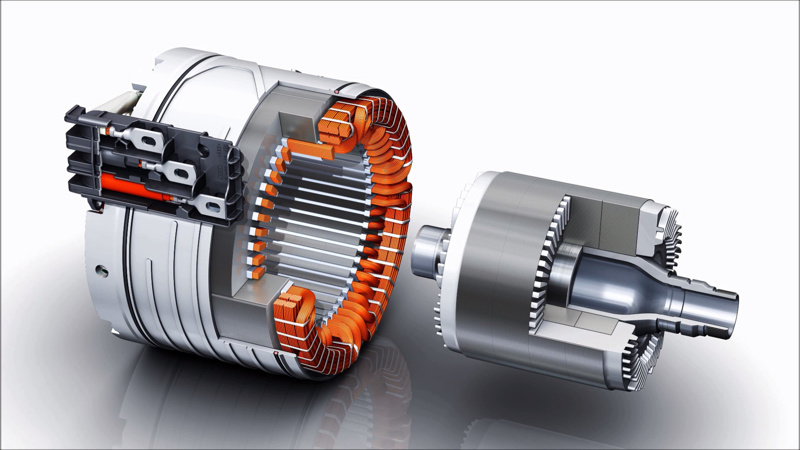
Motors & Drive Units
As the automotive industry rapidly shifts towards electrification, the heart of electric vehicles (EVs) lies in their motors and drive units. With a diverse array of motor types and intricate inverters, understanding the complexities of these components is crucial for comprehending the inner workings of EVs.
Read our technology article
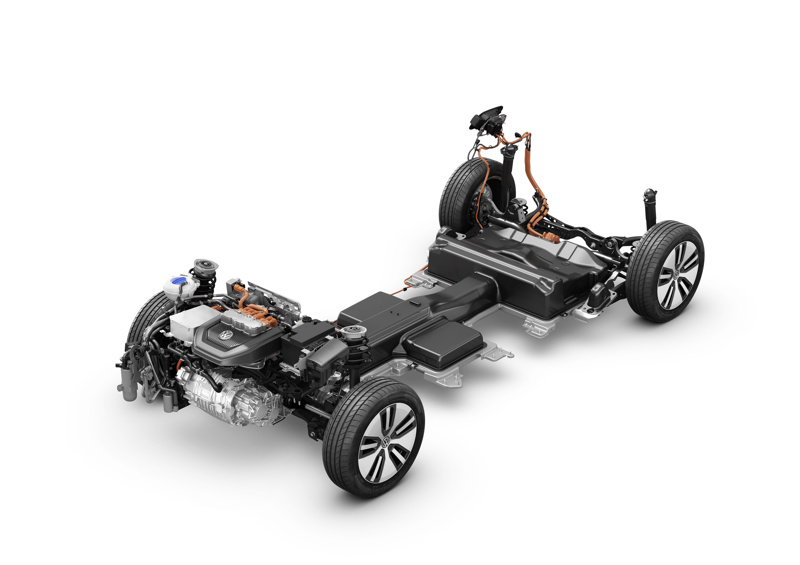
EV Platforms
Building an EV is more complex than replacing a combustion engine with an electric motor and a battery pack. EVs require a different approach to design, engineering, and manufacturing, which is where EV platforms come in.
Read our technology article
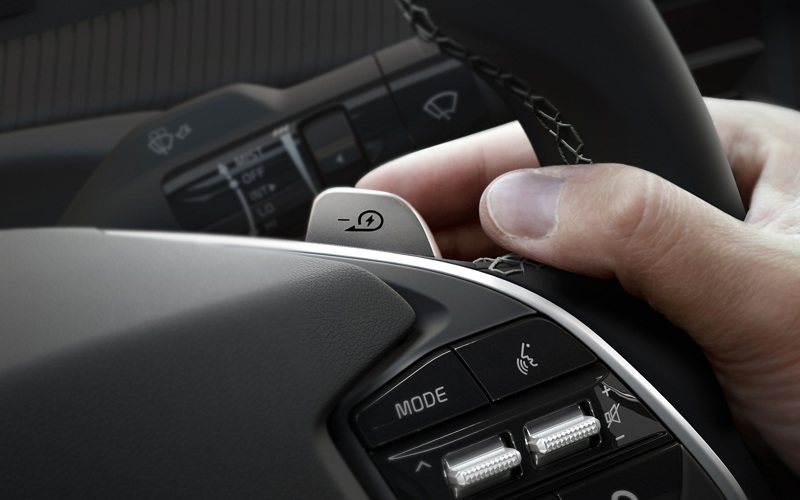
Regenerative braking
Regenerative braking is a critical feature of modern EVs, allowing the vehicle to recover energy during braking and deceleration.
Read our technology article

Safety
EVs have several safety systems to reduce the risk of damage in the event of an accident.
Read our technology article

Car Seats
Welcome to the ultimate guide to car seats in EVs! As we spend a significant amount of time in our vehicles, the seats we sit in play a crucial role in providing comfort, support, and safety during our travels.
Read our technology article
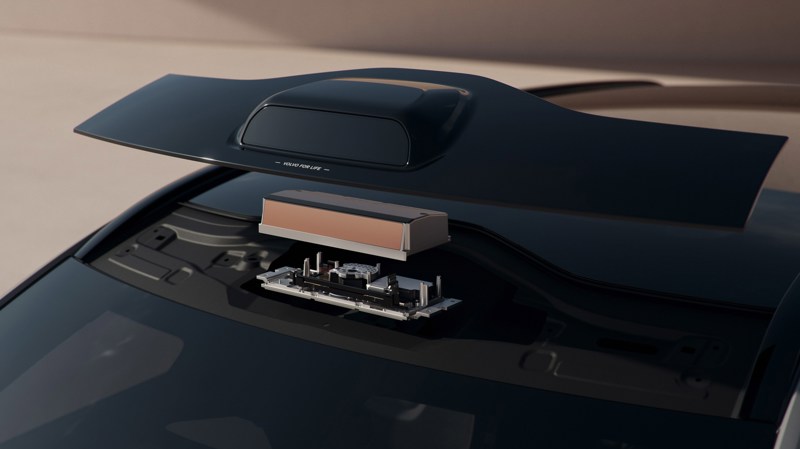
Sensors & Cameras
Sensors and cameras are crucial in modern cars, playing a key role in advanced driver assistance systems. EVKX.net provides details about the different types used in EVs.
Read our technology article
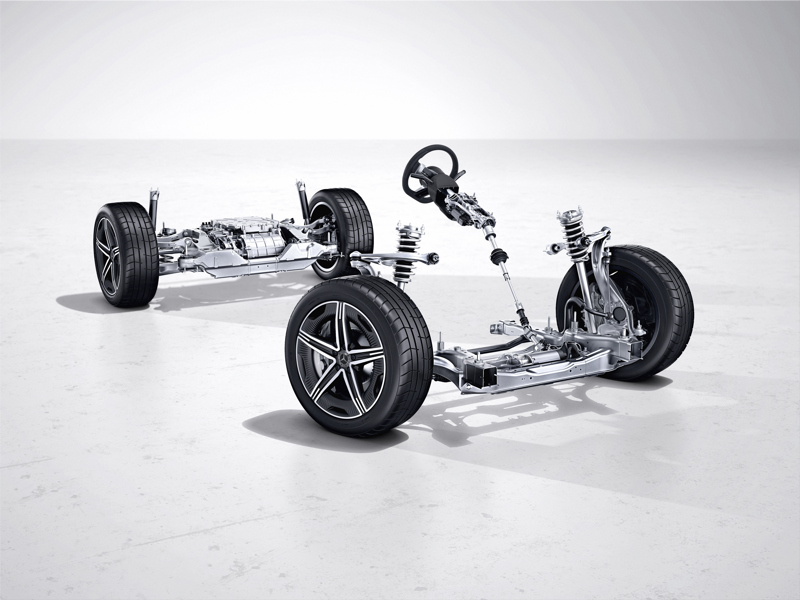
Suspension
The suspension is one of the essential parts of an EV drivetrain. Again, EVKX.net gives you all details.
Read our technology article

User Interface
User interface refers to the various ways drivers and passengers interact with the features and controls of a vehicle.
Read our technology article

Tires & Wheels
Tires are one of the most critical components of a car, as they affect its performance, safety, comfort, and efficiency.
Read our technology article

Windows
Windows are essential parts of any car, providing visibility, ventilation, protection, and comfort to the driver and passengers.
Read our technology article

